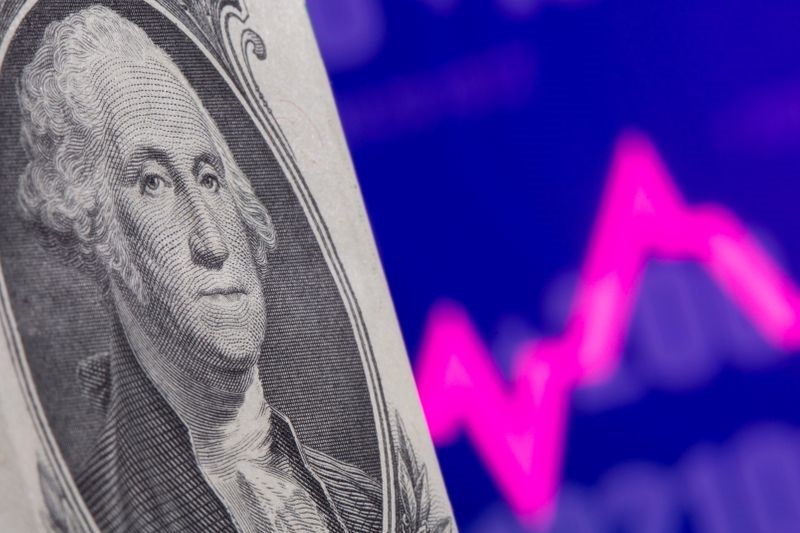Investing.com-- Most Asian currencies moved in a tight range on Thursday, while the dollar steadied near six-month highs as signs of sticky U.S. inflation spurred continued concerns over a hawkish Federal Reserve.
Weak economic data from China also dented sentiment towards Asian markets, with both imports and exports in the country continuing to decline through August, albeit at a slower-than-expected rate.
China’s trade surplus fell more than expected amid weakening overall trade, which weighed on the yuan. The Chinese currency fell 0.1%, touching its weakest level since November 2022.
Concerns over more trade ructions between the U.S. and China also weighed on sentiment, after Republican lawmakers called for a complete halt on technology exports to some Chinese companies over their alleged breach of trade restrictions.
The South Korean won rose 0.2% after steep losses in the past two sessions, while the Singapore and Taiwan dollars lost about 0.1% each.
The Indian rupee recovered from near record lows, but remained under pressure from a spike in oil prices. The rupee is particularly sensitive to oil due to India’s heavy dependence on oil imports.
The Australian dollar slid 0.2% as data showed that the country’s trade surplus hit a 17-month low in July, hit chiefly by dwindling commodity exports to China.
Dollar near 6-month peak after strong services data
Data released overnight showed that U.S. service sector activity grew more than expected in August, with a gauge of prices in the sector also rising further.
The readings fueled concerns that inflation will remain sticky in the near-term, eliciting a continued hawkish outlook from the Fed
The dollar stuck to its highest levels since mid-March, with the dollar index and dollar index futures moving little in Asian trade. Fears of worsening global economic conditions also spurred safe haven demand for the dollar.
A string of Fed officials are set to speak this week, offering more cues on monetary policy before an interest rate decision later in the month. While the Fed is widely expected to keep rates on hold, it is also expected to reiterate its higher-for-longer rhetoric.
Japanese yen hits 10-mth low as dovish BOJ signals persist
The yen was flat on Thursday after tumbling to its lowest level since November 2022 in overnight trade.
The Japanese currency faced renewed weakness this week as two Bank of Japan officials reiterated that the bank is likely to maintain its ultra-dovish policy in the near-term, or at least until it sees a sustained uptick in inflation and wage growth.
The yen was battered by a growing rift between local and U.S. interest rates over the past year, and is expected to see little relief as U.S. rates remain higher for longer.
But Japanese officials also recently warned that the government could intervene in currency markets to stem further weakness in the yen.
